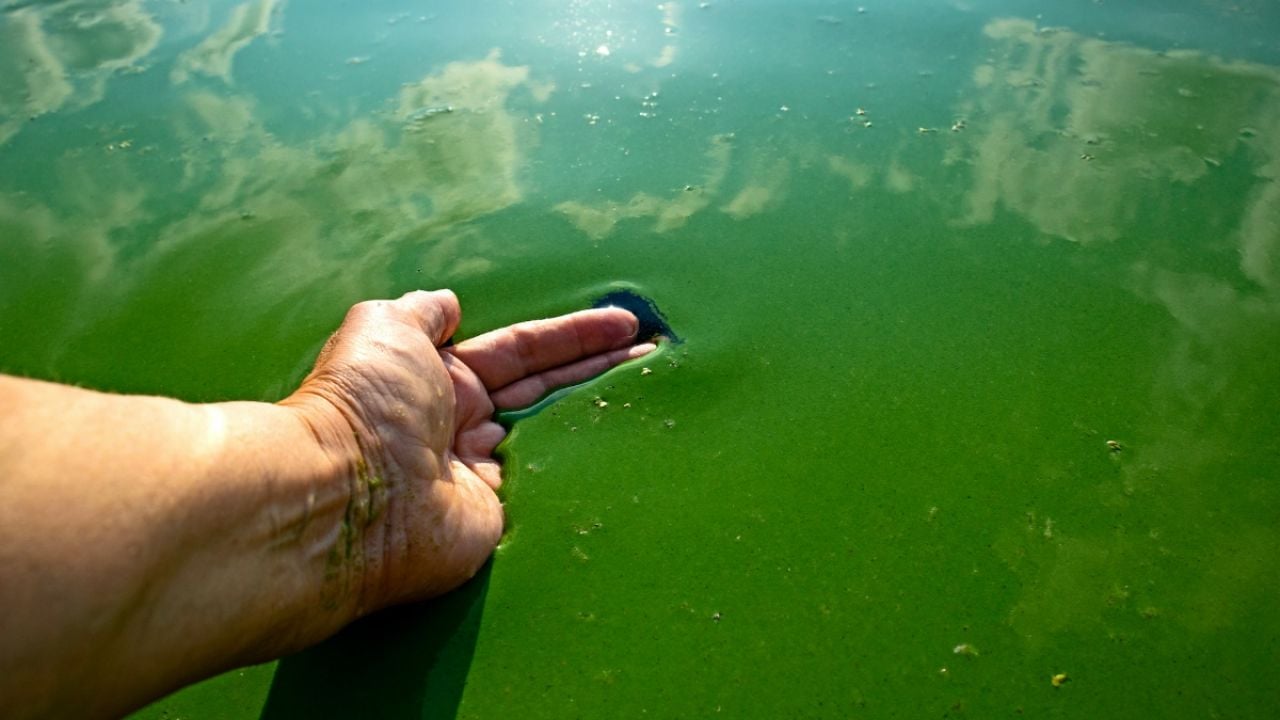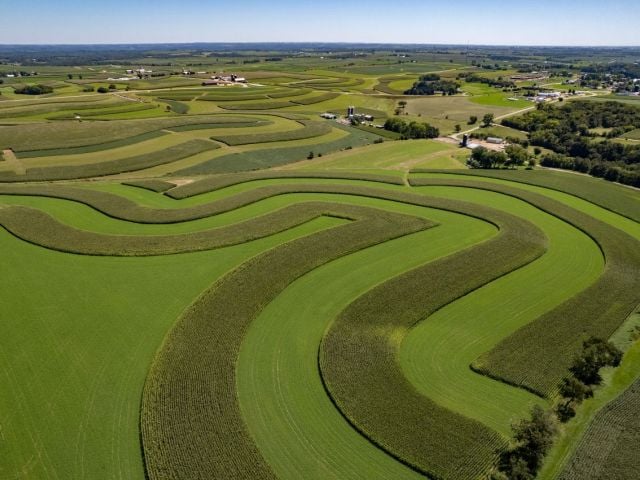
At least 39 states are suffering potentially toxic algae bloom outbreaks this year, with almost 400 news reports of incidents already in 2021 – a 25 percent leap from reports by the same time last year. These reports are a vital reminder to stay safe this Labor Day weekend by avoiding algae.
Massachusetts has had the most blooms so far this year, with 51 by August 29, followed by Florida, with 42, and Kansas, with 40, according to EWG’s interactive map, which tracks annual news reports of algae blooms. There are 390 news reports to date this year, compared to 312 outbreaks reported during the same period in 2020.
Algae outbreaks are triggered by nitrogen and phosphorus that pollute bodies of water. Although nutrient pollution can come from different sources, agriculture is a main cause of algae outbreaks, because fertilizer and animal manure run off farm fields and get into bodies of water. Heat and sunlight make the problem worse – as the water heats up throughout the summer, algae blooms occur more frequently and grow larger.
The climate crisis exacerbates the problem through larger precipitation events and warmer temperatures.
Ahead of the holiday weekend, beachgoers should make sure to avoid potentially toxic algae blooms. Outbreaks often look like blue or green paint spilled on the surface of a body of water. They can also look like blue or green scum that resembles split-pea soup. Blooms often have a foul, rotten smell.
Deadly danger: Stay away from waters with potential algae outbreaks
Blue-green algae, which are tiny organisms called cyanobacteria, can produce dangerous toxins that cause many short-term health impacts, like vomiting, diarrhea and sore throat, and longer-term impacts, including liver failure and cancer. People are commonly exposed to toxins through swimming or playing in polluted water. Newer research shows toxins can also be airborne, putting people at risk if they merely sit on a beach or walk near water.
Not all blooms produce toxins. It’s impossible to tell whether a bloom is toxic just by looking at it – tests are needed to determine toxicity. If you see or smell signs of an algae bloom this weekend when visiting a lake, pond or river, avoid getting in or near that water.
Algae toxins are being considered a possible cause of the recent deaths of a family that died mysteriously while hiking in California’s Sierra National Forest. Autopsies have not yet turned up definitive causes for the deaths, and although human deaths from toxic algae exposure are rare, they can happen.
The bloom outbreaks this year have also been very dangerous for dogs. Exposure to algae toxins kills dogs every year, but so far in 2021, dogs have died or are suspected to have died because of blooms at 12 different locations across the country.
Before visiting a beach this weekend, check with your local, county or state health or natural resources department to see whether it tracks outbreaks. Whenever you visit a body of water, watch for potentially toxic algae blooms.


